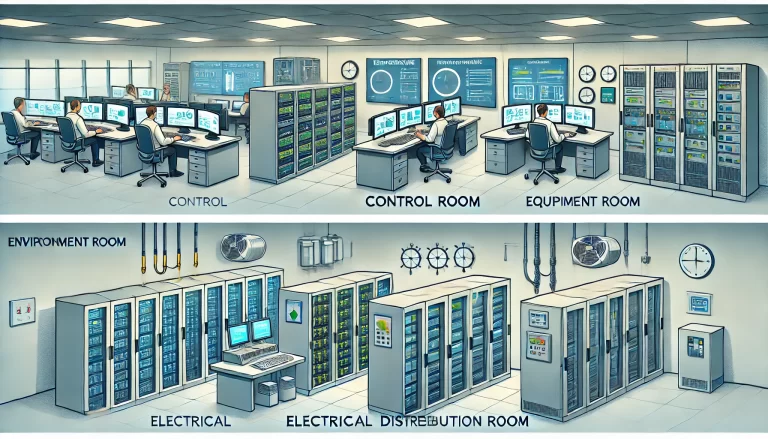In industrial automation, analog control is fundamental to ensuring precision, stability, and responsiveness in a wide variety of applications. While PLCs (Programmable Logic Controllers) are traditionally known for digital control tasks, they are equally capable—when equipped with appropriate I/O modules and control algorithms—of handling complex analog processes.
This article explores the purposes, types, and benefits of analog control in PLC systems and explains how mastering control theory is often more important than mastering PLC programming itself.
1. What Is Analog Control?
Analog control refers to the regulation of continuously varying physical quantities such as pressure, temperature, flow, and level. Unlike digital control, which deals with ON/OFF logic, analog control manages variable input and output values, typically via 4–20 mA or 0–10 V signal ranges.

2. Typical Objectives of Analog Control
✅ a) Setpoint Maintenance (Automatic Regulation)
This is the most common analog control task. It maintains a system variable at a fixed value despite disturbances.
Example: Keeping the pressure in a steam pipe constant using a PID loop.
✅ b) Program Control
In program control, the system follows a predefined time-based profile or sequence.
Example: Gradually increasing the temperature in an oven according to a specific heating curve.
✅ c) Tracking (Follow-up) Control
The system tracks an external variable that changes dynamically.
Example: A PLC adjusts pump speed based on a reference flow rate from a supervisory system.
✅ d) Optimal Control
The system adjusts variables to maximize or minimize a performance index within a set of constraints.
Example: Minimizing fuel consumption in a boiler system while maintaining required output pressure.
✅ e) Adaptive Control
The control strategy updates itself in real-time based on changing internal or external conditions.
Example: A PLC-based temperature control system that modifies its PID parameters as load conditions vary.
✅ f) Competitive/Game Control
In systems involving opposing or interacting subsystems (common in military or economic applications), the control system must anticipate and react to the opponent’s strategies.
Example: In energy grid load balancing, responding to competitor pricing or supply changes.

3. Why Use PLCs for Analog Control?
PLCs offer numerous advantages for analog process control:
🧠 Powerful processing and logic integration
📡 Support for analog I/O (via A/D and D/A modules)
🔄 Advanced algorithms: PID, fuzzy logic, feedforward
🔗 Easy integration with SCADA, DCS, and cloud platforms
📈 Real-time data logging and fault diagnostics
With modern PLCs, it’s not the hardware but the control strategy and algorithm design that often limits performance.
4. Control Design Is More About Automation Knowledge Than PLC Programming
One common misconception is that analog control depends heavily on knowing PLC programming. In reality, the core challenge lies in control theory:
A well-designed algorithm rooted in sound automation principles is far more impactful than clever code alone.
Thus, understanding control loops, feedback mechanisms, time constants, and system dynamics is essential.

5. Conclusion
Analog control enables precision and flexibility in industrial processes, from basic regulation to advanced optimization. When combined with the flexibility of PLC systems, it empowers engineers to build reliable, scalable, and intelligent control systems across industries.
Whether you’re controlling the temperature in a furnace or optimizing the flow rate of chemicals in a dosing system, analog control is the key—and PLCs are the modern foundation.
